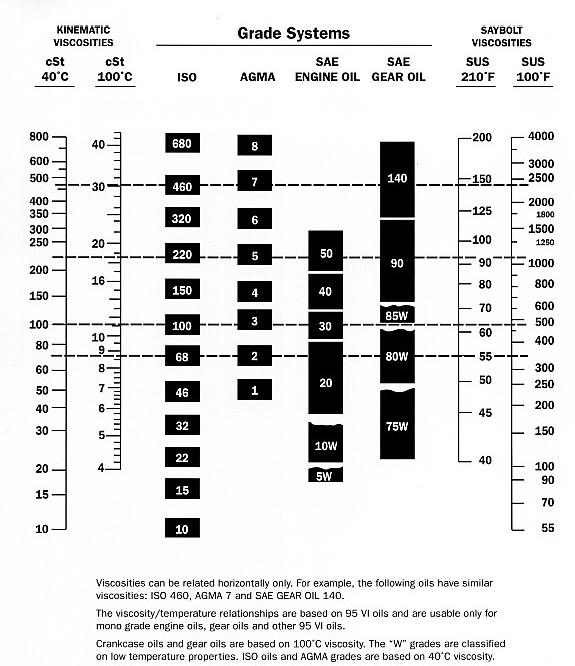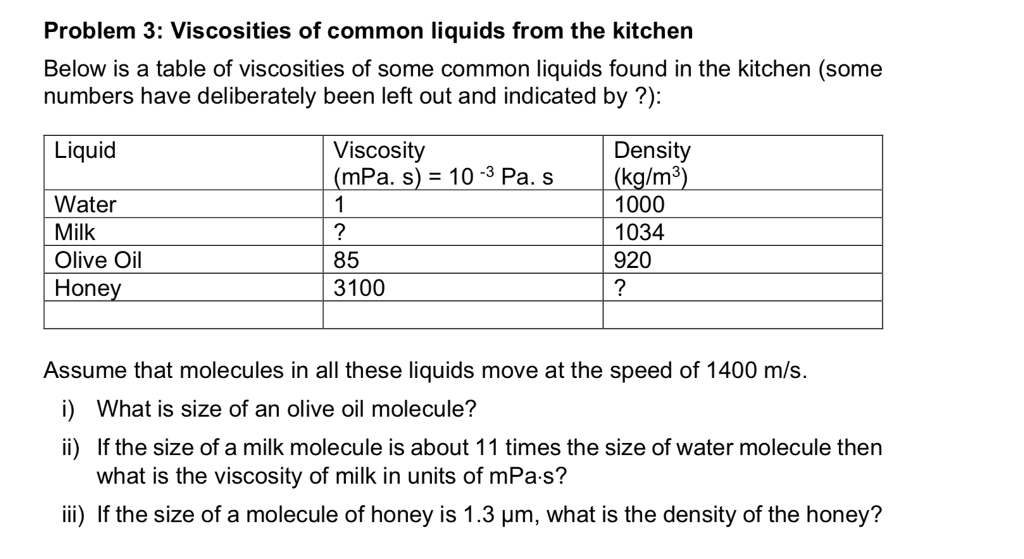

The intermolecular attractions between the molecules are much weaker than those between sugar molecules they're just London dispersion forces. Motor oil and gasoline are composed of the same class of compounds, hydrocarbons, composed of carbon chains covered in hydrogen atoms. The motor oil example works in a similar way. As these molecules move past each other in the very concentrated solution, they cling to each other, slowing down the flow of the liquid. Sugars are covered in OH or hydroxyl groups that are capable of strong hydrogen bonds. The strong intermolecular attractions between the individual sugar molecules are also a major factor. Why is honey so viscous? Partly it's just that the sugar molecules in the water are much larger than the water molecules, so they experience a lot more drag as they move through the solution compared to just plain water. Nevertheless, this high viscosity is something honey has in common with polymer solutions, as well as with some oligomers, which are short-chain polymers that can be liquids instead of solids. The sugars aren't polymers, either they are simple monosaccharides such as glucose and fructose.
Viscosity scale comparison plus#
It contains a little bit of water and a whole lot of sugars, plus other small molecules produced by the plants from which the bees gathered the nectar to make the honey. The honey doesn't flow very easily, especially compared to something like water. Viscosity is often described in very general terms as "resistance to flow". It resists the movement of the spoon when we stir it. When we say that, we mean that water is much easier to stir or to pour than honey. For example, we say that honey is more viscous than water. Viscosity is a term we use to describe the "thickness" of different liquids. Let's start with a property that you are probably familiar with. What makes them unique? Why do they have properties that aren't easily replicated by other materials? Polymers have come to occupy a very important niche in the materials we use every day. Non-EP lubricant grades are rust and oxidation inhibited, only EP Lubricants are mild Extreme Pressure type.\)

Note: Compounded oils must have 3-10% suitable animal fats.

Viscosity scale comparison iso#
The American Gear Manufacturers Association (AGMA) and the International Standards Organization (ISO) have established viscosity standards for hydraulic fluids and industrial gear lubricants.įollowing are the AGMA Lubricant Numbers, the corresponding ISO Grade and the viscosity ranges:
Viscosity scale comparison manual#


 0 kommentar(er)
0 kommentar(er)
